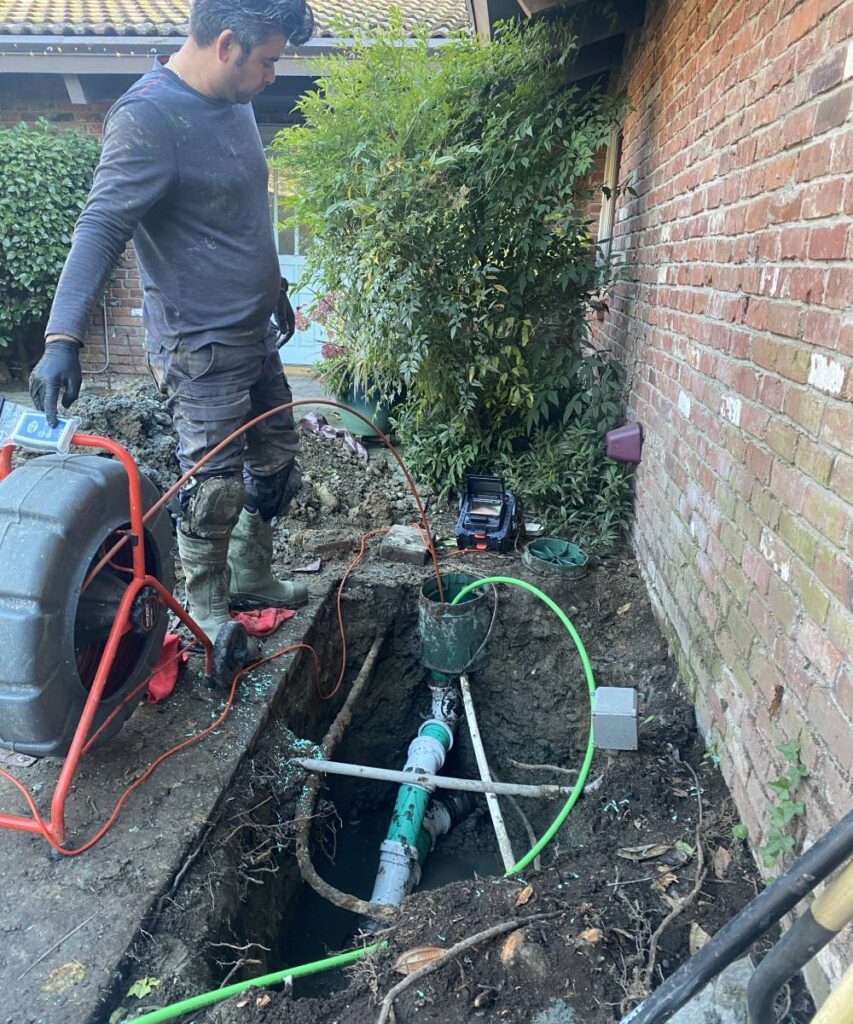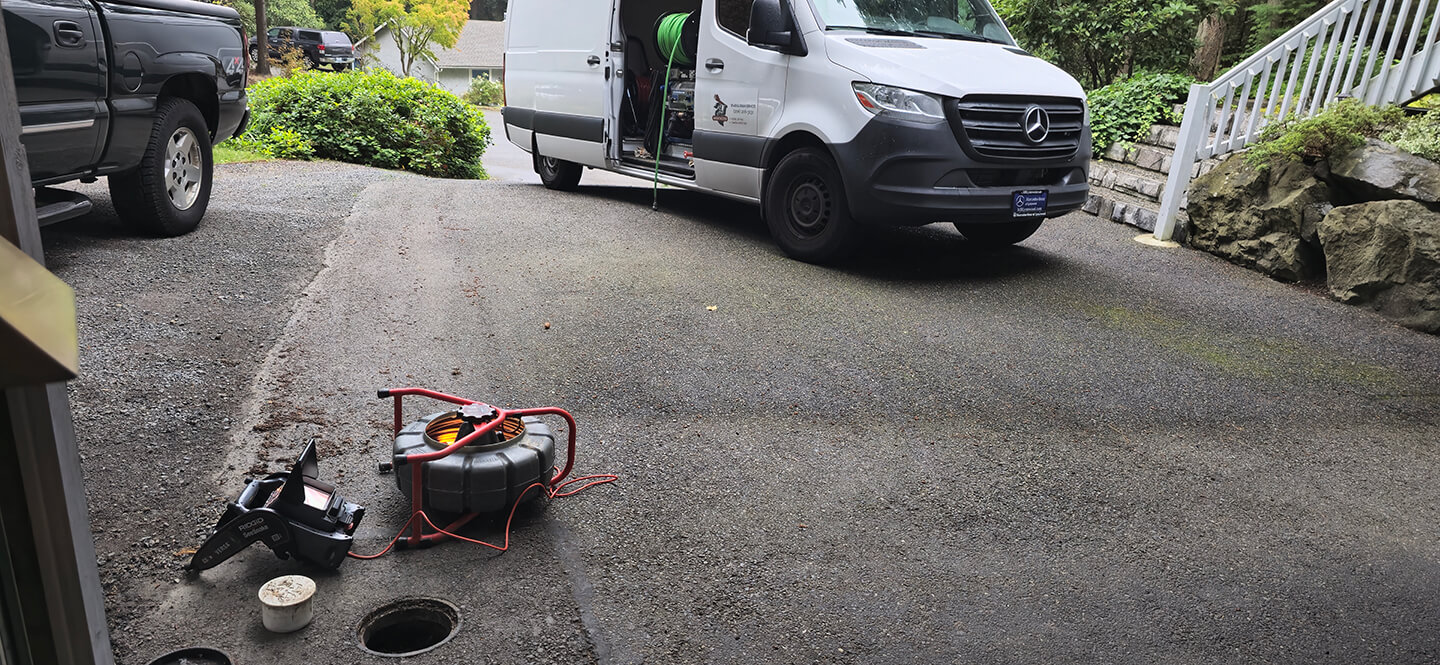Owning a home comes with responsibilities that often stay out of sight—one of the most important being the care of your sewer line. Buried underground, this essential pipe quietly directs wastewater away from your home. When issues like clogs, cracks, or root invasion occur, the results can be severe, including sewage backups, bad odors, and structural damage.
With decades of plumbing experience, I’ve repeatedly seen preventable problems turn into major emergencies simply because homeowners didn’t inspect their system early. The good news is simple: regular inspections greatly extend the lifespan of your sewer line and prevent avoidable failures.
This guide provides practical, professional-level tips that will help you protect your home, maintain health and hygiene, and enjoy peace of mind.
Let’s begin by understanding what keeps the system functioning smoothly.
Understanding Your Home’s Sewer System
Before you begin inspecting your sewer line, it helps to understand its basic components. Residential systems typically include a main sewer pipe—made of PVC, cast iron, or clay—that connects your home’s drains to the city line. Branch lines from sinks, toilets, and showers feed into this main pipe.
Key components include:
- Cleanouts: Access points for inspections and maintenance.
- Vents: Roof pipes that maintain airflow and keep the system balanced.
- Traps: Curved sections beneath fixtures that prevent sewer gases from entering your home.
The condition of your sewer line depends on factors like soil type, tree proximity, and the age of your home. Older homes or properties with clay or cast iron pipes often require more frequent checks due to material vulnerability.
Common Signs Your Sewer Line Needs Attention
Spotting issues early can prevent major damage. Warning signs include:
Slow Drains in Multiple Fixtures
If several drains are emptying slower than usual, it often points to a main line blockage rather than an isolated issue.
Gurgling Noises or Unpleasant Odors
Bubbling sounds after flushing or persistent sewage smells can indicate trapped air, cracks, or partial obstructions.
Wet Spots or Extra-Green Grass in Your Yard
Lush, damp areas along the sewer path may suggest a leak nourishing the soil.
Frequent Toilet Backups
Toilets with fluctuating water levels or repeated backups often signal a deeper issue in the main line.
Documenting these symptoms helps professionals diagnose problems faster.

Top Preventive Maintenance Strategies
Prevention is the most effective way to avoid sewer trouble. Incorporate these habits:
Daily Habits to Reduce Buildup
- Flush smartly: Avoid flushing wipes, sanitary items, or anything other than waste and approved toilet paper.
- Avoid grease: Fats, oils, and coffee grounds cling inside pipes. Dispose of them in the trash.
- Use drain screens: Stop hair, food scraps, and debris from entering your drains.
Seasonal Landscaping Precautions
Tree roots naturally seek moisture and can invade sewer joints. Keep large trees at a safe distance, and inspect your yard for soil shifts or unusual depressions.
Natural Cleaning for Light Maintenance
Monthly use of baking soda followed by vinegar and hot water can help dissolve early buildup in pipes without chemical damage.
These simple steps make a significant difference in long-term sewer health.
How to Conduct a DIY Initial Check
Even without professional tools, you can perform a basic inspection:
- Locate cleanouts on the exterior of your home and ensure they’re accessible.
- Test drainage by running water through multiple fixtures and observing any delays.
- Walk your yard to check for soft patches after rainfall.
- Identify odors near drains and vents—early smells can signal deeper issues.
Affordable tools like simple drain snakes or moisture meters can help you gather useful information, but deeper issues should always be left to professionals.
When and How to Schedule Professional Inspections
Regular professional inspections are crucial for maintaining a healthy sewer system. Homes with PVC pipes generally need less frequent checks, while older homes or properties with root activity may require more consistent monitoring.
The Sewer Scope Process
During a sewer scope, a specialist inserts a small camera through a cleanout to visually inspect the pipe’s interior. This non-invasive process shows real-time footage of potential issues like root intrusion, misaligned joints, or debris buildup.
Choosing a Qualified Inspector
Look for licensed specialists with solid reviews and proper certification. Many companies also offer hydro-jetting services during inspections to clean and evaluate the line in one visit.
Follow-up recommendations may include modern, trenchless solutions for reinforcing or restoring pipe structure.
Advanced Protection: Upgrades and Innovations
Consider these long-term protection options to reduce future risks:
- Backwater Valves: Prevent wastewater from flowing back into your home during storms or sudden pressure changes.
- Pipe Relining: A trenchless method that reinforces the interior of old pipes with a durable lining.
- Smart Monitoring Sensors: Devices that track flow and alert you to unusual changes in real time.
These upgrades strengthen your system and reduce the chances of sudden failures.
Conclusion
By following these preventive steps, you transform sewer maintenance from a stressful unknown into a manageable routine. Staying alert to early signs and investing in regular checks will help you avoid emergencies and keep your home running smoothly.
When you’re ready to take the next step, KnightRooter is here to help with advanced inspections, eco-friendly cleaning, and reliable 24/7 service.
Visit KnightRooter.com or contact their team for expert assistance—because proactive care today ensures a worry-free home tomorrow.
Explore More Resources
For more information on sewer line maintenance and repair, visit our service pages:
- Camera Inspection Everett
- Camera Inspection Edmonds
- Camera Inspection Seattle
- Camera Inspection bothell
- Camera Inspection Kirkland
- Camera Inspection Lynnwood
- Camera Inspection Woodinville
- Camera Inspection Snohomish
- Camera Inspection Bellevue
AFQ
Can I prevent tree root intrusion without removing trees?
Yes. Root barriers and certain safe chemical treatments can help manage root growth.
What is the lifespan of a sewer line?
Materials and conditions vary, but well-maintained lines generally last decades, with PVC being the most durable.
Does homeowners insurance cover sewer issues?
Routine inspections usually aren’t covered, but some policies may cover sewer backups.
How do I know if I have a septic system instead of a city connection?
Check property documents or look for a yard tank lid. Septic systems require separate maintenance.
For professional and fast drain cleaning Bothell, drain cleaning Seattle, and drain cleaning Bellevue, contact KnightRooter. Our team is ready to provide the best solutions for your drain issues.





No comment yet, add your voice below!